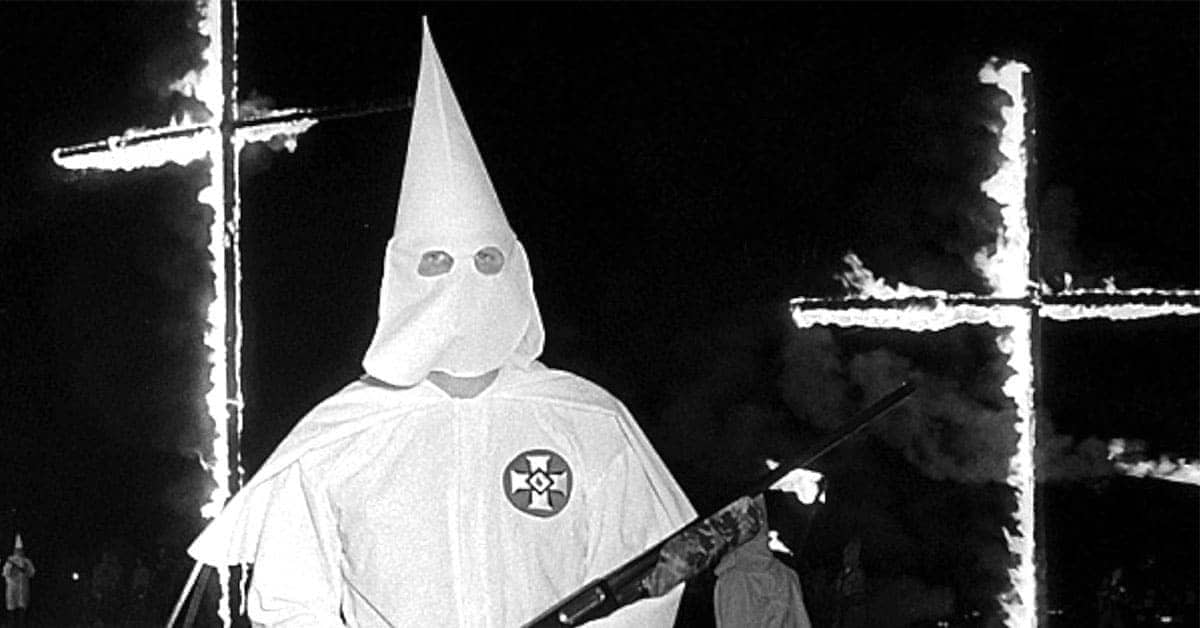The film Mississippi Burning is loosely based on the murders of Andrew Goodman, Michael Schwerner and James Chaney in Neshoba County, Mississippi in June 1964. The three men were abducted and murdered during the height of the Civil Rights Movement and the shocking crime resulted in one of the FBI’s biggest ever investigations. The men, who had been the target of Klan violence a week earlier, disappeared on June 21, 1964, after working to register black voters. After a massive search which garnered national attention, their bodies were found 44 days later. Only one man was ever convicted of the murders, and at the time of writing, it is a cold case.
A Toxic Environment
June 1964 was the start of Freedom Summer, a three-month initiative to register black voters in the South. The Ku Klux Klan was intent on removing the ‘threat’ of freedom activists and was prepared to resort to murder if necessary as it had done in the past. The Klan in Mississippi were especially keen to ‘deal with’ Michael Schwerner, a 24-year old from New York who was the first civil rights activist based outside the state’s capital, Jackson. Schwerner was hated by the Klan; mainly because he organized a black boycott of businesses owned by whites. He was also one of the most aggressive activists in terms of getting black people in Meridian to vote.
Sam Bowers was the Imperial Wizard of the Klan’s White Knights in Mississippi and in May 1964, he sent word to his fellow KKK members that it was time to initiate ‘Plan 4′; the plot to kill Schwerner. The Klan tried to kill the activist on June 16, 1964, when they arrived at Mount Zion Church in Longdale and expected Schwerner to be present. However, when 30 men arrived with shotguns and rifles, they were angry to discover that their prey was not amongst the 10 people leaving the church. They started to beat the black people that emerged from the church and set the building on fire.

The Fateful Arrest
Schwerner and James Chaney were in Oxford, Ohio when they heard about the beatings and the fire. Andrew Goodman was at the same recruitment program, so he joined the other two activists, and the trio made their way to Meridian. They stayed there overnight and journeyed to Longdale the following day to investigate the ruins of the church.
Longdale in Neshoba County was a notoriously dangerous place for Civil Rights activists as Sheriff Lawrence Rainey, and Deputy Sheriff Cecil Price were both Klan members. While it was not widely known outside their circle that both men were in the Klan, they both earned reputations for being violent towards black citizens.
Meanwhile, Schwerner and the others were warned that a group of white men were after them, so they decided to travel to Meridian via Highway 16 to avoid an ambush. Unfortunately, Price was driving there at that time, and when the car passed, he saw Chaney, the only black member of the group, at the wheel because the other two were crouched down. Price pulled the vehicle over, allegedly for speeding, and then arrested them for involvement in the church burning. The three activists were now in the lion’s den and were ripe for the slaughter.

